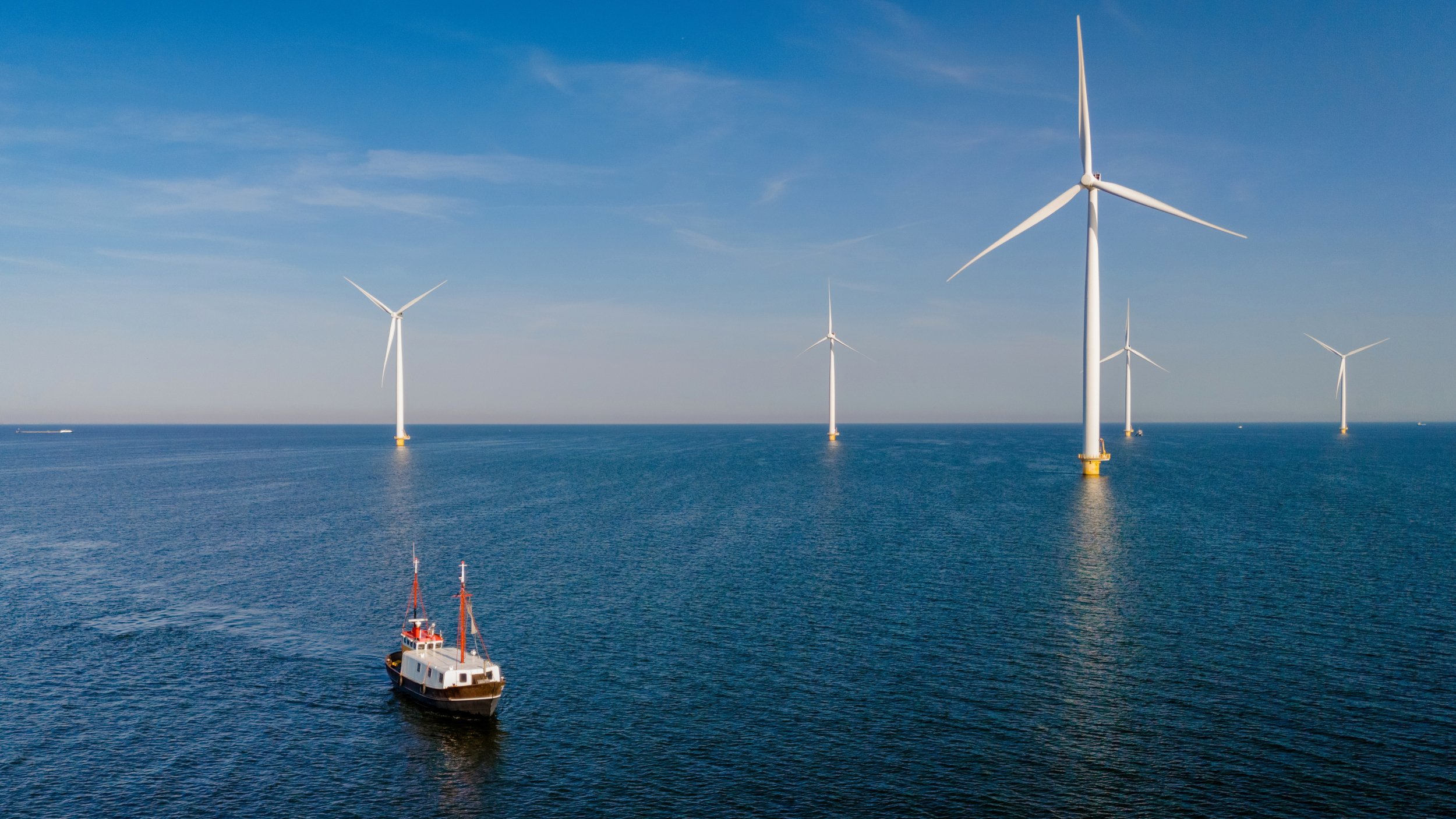Offshore wind farms not only influence marine physics but also the atmosphere to a remarkable extent, as a recent study by Hyodae Seo demonstrates. Based on oceanographic and atmospheric data, the research establishes a close link between warming, turbulence, microplastics, and profound disturbances of the atmosphere. Furthermore, technological interventions exacerbate the strain on affected ecosystems, as offshore wind turbines trigger large-scale changes that are already having a measurable impact on climate and biodiversity.
Impact of Technical Installations on the Atmosphere
This study is the first to examine in detail how offshore wind farms extract energy from the wind and generate vortices. These vortices weaken the mixing of air layers, which intensifies the temperature rise at the sea surface. As a result, natural cooling reaches its limits and generates additional heat that rises into the atmosphere.

Measurement series show slight but constant temperature increases near the seabed. These values appear small, but they have a noticeable impact when offshore wind farms are densely concentrated. The combination of energy extraction, modified atmosphere, and reduced exchange between water and air signals a dynamic change in the regional climate.
Reach of the Vortices
An analysis by Cornell University complements these findings and identifies effects extending over more than 100 kilometers. Vortices alter wave patterns, current lines, and transport processes, causing climatic shifts to occur far from the original installations. Offshore wind turbines also generate such structures, distributing the effects across entire sea areas.
The reduced mixing of surface water leads to further warming, which rises noticeably into the atmosphere. Measurement points show temperature increases up to an altitude of 200 meters. This finding illustrates how closely warming and the atmosphere are intertwined. Furthermore, dense technological development amplifies these processes, as the feedback loops reinforce each other.
Ecological Damage from Technological Pressure
Climate change is not an isolated phenomenon; it impacts marine ecosystems that are already operating at their limits. High mortality rates among birds and bats are contributing factors, as are sediment disturbances that weaken the habitats of many marine organisms. Turbulent currents also alter the mixing of the water column, thereby affecting the distribution of plankton—a crucial component of the food chain.
The release of microplastics remains particularly serious. Rotor blades release measurable quantities of plastic particles during operation, which are ingested by mussels, oysters, and other animals. Furthermore, warming accelerates the degradation of these materials, causing plastic particles to spread over ever-larger areas. This level of pollution deeply impacts biological cycles and no longer affects only local populations.
Infrasound as an Underestimated Risk
Another factor is low-frequency infrasound. Humans cannot hear it, but the pressure fluctuations trigger physical reactions. Residents near the coast frequently report sleep disturbances or persistent inner restlessness. Animals are also sensitive, as even small fluctuations affect their orientation. Simultaneously, the warming of the surrounding air alters sound propagation, which amplifies some of these effects.
The result is a complex interplay of turbulence, warming, microplastics, and infrasound. All these factors together shift climatic and ecological processes and shape the atmosphere as well as the marine environment. With each new data collection, it becomes clearer how profoundly technological interventions impact the interplay of air, water, and habitats. The study’s findings suggest that these effects can no longer be considered marginal phenomena. (KOB)
